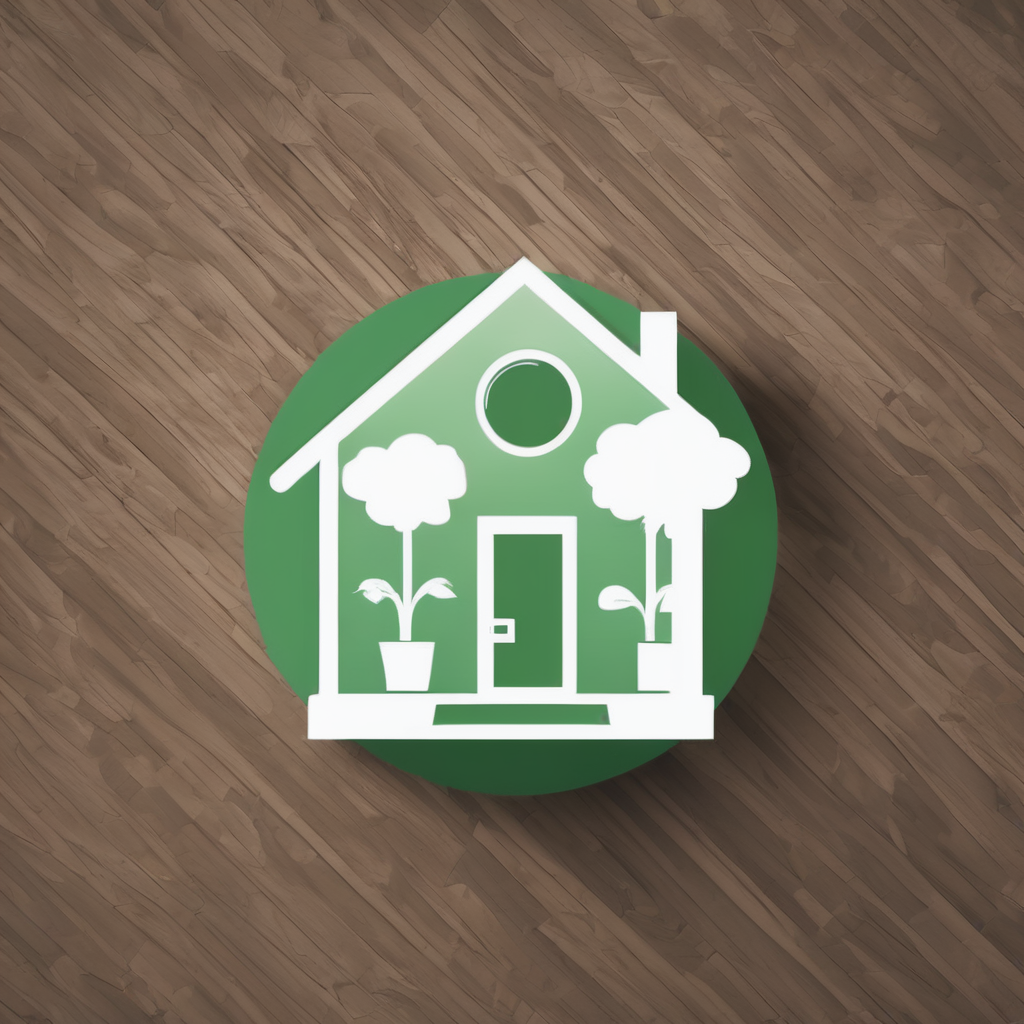Recent Changes in UK Home Security Practices
New UK home security trends reveal a shift towards smarter, technology-driven solutions. Homeowners increasingly adopt connected devices such as smart alarms and surveillance cameras, integrating them with mobile apps for real-time monitoring. This move reflects a broader evolution in security practices UK-wide, emphasizing proactive and remote control over property safety.
Recent home security statistics UK highlight a gradual decline in burglaries, attributed partly to enhanced security awareness and modern deterrence methods. For instance, data shows a 10% drop in residential break-ins over the past five years, signalling effective adoption of advanced security systems. However, concerns persist around opportunistic thefts, pushing homeowners to invest in layered security strategies.
Also to see : What Are the Current Challenges Facing the UK’s Domestic News Industry?
The public’s shifting priorities underline greater emphasis on visible deterrents and rapid response mechanisms. Many now prioritise systems with instant alerts, video verification, and integration with emergency services. This reflects a fundamental change in UK home security trends, responding to evolving threat perceptions. Homeowners’ focus on continuous monitoring and preventative technology illustrates how evolving security practices UK offer increased peace of mind in safeguarding property and family.
Technological Innovations Shaping Home Security
Smart home security UK solutions have evolved significantly, driven by rapid home security technology advancements. Modern UK households increasingly adopt smart security systems integrating Internet of Things (IoT) devices, such as smart locks, cameras, and motion sensors. These devices communicate seamlessly, offering users enhanced control and responsiveness.
Additional reading : How Is Urbanization Influencing Housing Demand in the UK?
Artificial intelligence (AI) plays a pivotal role in these UK security systems innovations by enabling automation and intelligent threat detection. For example, AI algorithms analyze video feeds to distinguish between harmless movement and genuine intrusion attempts, reducing false alarms. Remote monitoring further empowers homeowners, letting them check security status or receive alerts anywhere via smartphones.
Major UK security providers highlight success stories where integrating AI and IoT has transformed traditional alarms into comprehensive, adaptive defence platforms. Such advancements underscore a clear shift from passive to proactive security, tailored to the dynamic needs of UK residents.
In summary, combining AI, automation, and IoT within smart home security UK frameworks marks a significant leap forward. It not only bolsters protection but also enhances convenience, setting new standards for home safety across the UK.
Legislative and Policy Updates Affecting Home Security
Recent UK security regulations have introduced significant changes aimed at improving home protection laws. One key development is the tightening of requirements for door and window locks under the government’s updated safety standards. These measures ensure that products meet more rigorous criteria, reducing vulnerabilities exploited by burglars.
Additionally, local authorities increasingly support collaborative schemes like Neighbourhood Watch, which foster community vigilance and communication. These initiatives benefit from governmental measures promoting information sharing between residents and law enforcement. Police forces across the UK are also focusing on preventive strategies, using data to identify high-risk areas and deploying resources accordingly.
Experts note that while these regulations enhance baseline security, their success depends largely on homeowner engagement. Simply complying with home protection laws is not enough; active participation in governmental schemes amplifies safety outcomes. Furthermore, ongoing monitoring and updates to policies will be crucial to address emerging threats in home security. Understanding the scope of these legislative efforts helps homeowners make informed decisions to protect their properties effectively.
Comparing Traditional vs. Modern Approaches to Home Security
The evolution of home protection in the UK reflects a clear shift from traditional vs modern home security methods. Historically, typical methods used in the past for home protection heavily relied on physical barriers such as sturdy locks, barred windows, and neighborhood watch schemes. These approaches focused on deterring intruders with visible deterrents but lacked the capacity for real-time response or monitoring.
Modern security approaches, on the other hand, leverage technology like smart alarms, surveillance cameras, and remote monitoring systems. Their main advantage is the ability to provide instant alerts and allow homeowners to monitor their property anytime from mobile devices. However, these systems may face limitations, including technical glitches, dependence on internet connectivity, and concerns about privacy or data security.
Consumers in the UK tend to show a growing interest in adopting new security technologies, encouraged by increased awareness and affordable solutions. Despite some hesitation due to complexity or installation costs, many value the peace of mind modern systems offer. Understanding the balance between traditional vs modern home security methods aids users in making informed decisions tailored to their unique needs and lifestyles.
Leading Innovations and Best Practices in the UK
The UK home security landscape is rapidly evolving, driven by innovative security solutions that blend technology with practical application. Industry leaders emphasize best practices home security UK such as integrating smart alarms, connected cameras, and automated lighting to create a cohesive protective environment. These measures provide not only deterrence but also real-time monitoring, enhancing overall safety.
Security professionals recommend prioritizing systems that offer remote control capabilities through smartphones. This ensures homeowners can act swiftly during any alerts, a practice increasingly common in the UK. Moreover, industry bodies advocate for regular updates of security firmware and professional consultations to optimize system performance and resilience against cyber intrusions.
Looking ahead, the future of UK home protection leans heavily on AI-driven analytics and IoT integration. Predictive algorithms can detect unusual activity patterns, thereby preventing incidents before they occur. The rise of voice-activated locks and biometric authentication further strengthens entryway security. Embracing these innovations, alongside foundational best practices, positions UK households at the forefront of effective, reliable home security.


